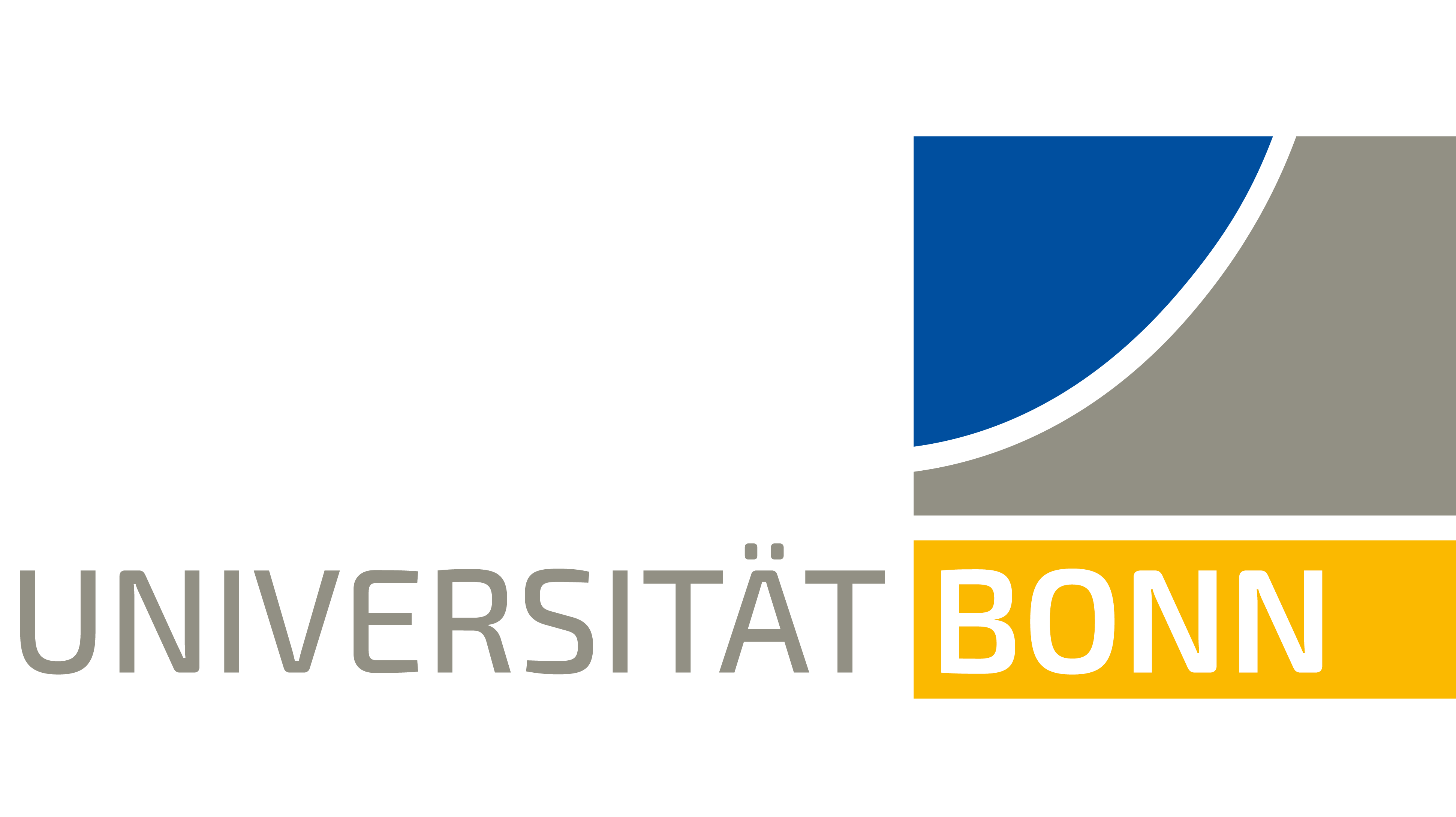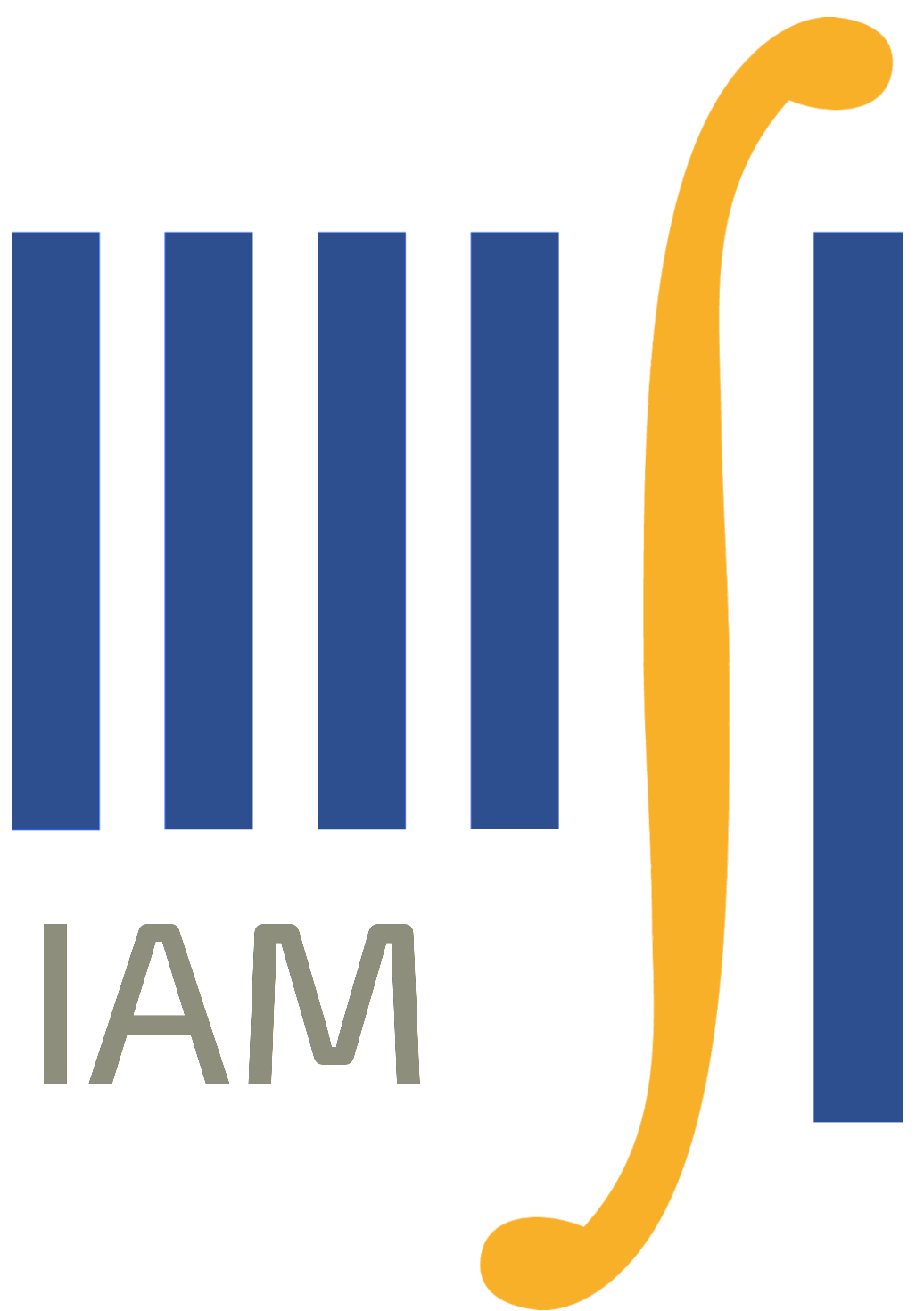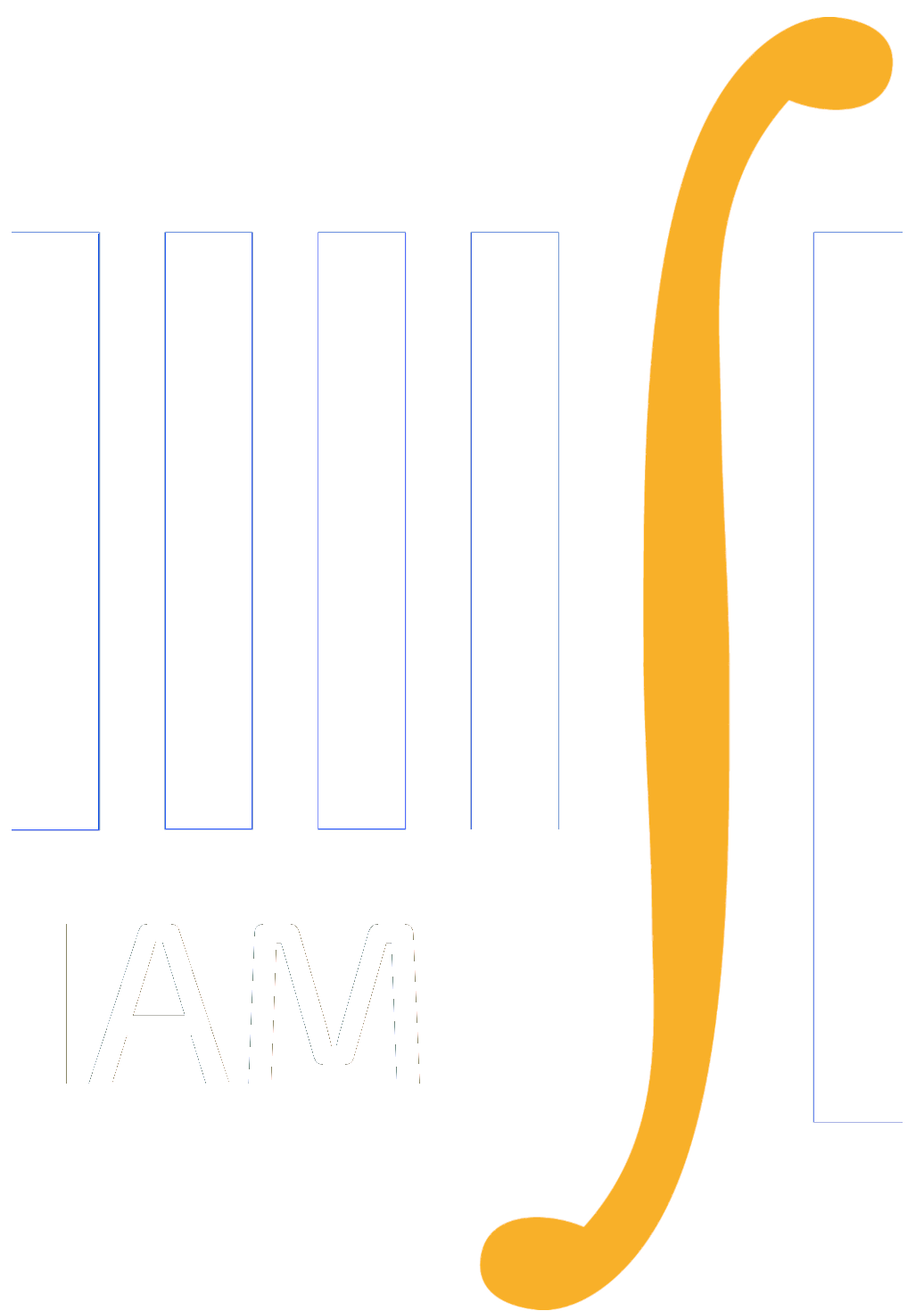Oberseminar Analysis Summer 2021
Organizers: S. Conti, H. Koch, S. Müller, B. Niethammer, M. Rumpf, C. Thiele, J.J.L. Velázquez, T. Pernas-Castano
- Thursday, April 29 at 2:15 pm, Zoom meeting (Meeting ID: 991 3632 7869, Passcode: 425173) Gianluca Favre (University of Vienne) Opinion formation with ranked agents - (clustering in global interaction) In this talk I will introduce a model of opinion formation in which each agent is described by its opinion and its rank. The rank can be considered as the influence of the agent, or its visibility, its power, and so on. The evolution of the rank and the opinion are described by a system of coupled ODE. The main particularity of this new model is that the role of the rank makes possible the clustering of the opinion despite the global interaction. This is a crucial point because it allows us to avoid the introduction of a local interaction kernel, which is the only way to get clusters with the standard models.
- Thursday, June 10 at 2:15 pm, Zoom meeting (Meeting ID: 934 5762 1568, Passcode: 394513) Théophile Dolmaire (University of Basel) The rigorous derivation of the Boltzmann equation: Lanford’s theorem, and its generalization to various domains It is well known that the Boltzmann equation models typically irreversible, macroscopic phenomena, although it can be formally obtained from a reversible description of the matter at a microscopic level. It was not until 1973 that this apparent paradox was properly addressed by Lanford, who provided the first rigorous derivation of the Boltzmann equation. In a first time, following GSRT[*] we will introduce a functional setting in which the objects involved in the proof of Lanford’s theorem make sense. This framework will enable us to consider strong solutions of the hierarchies. In that setting, we obtain the convergence of the solutions of the BBGKY hierarchy towards the Boltzmann hierarchy locally uniformly in the phase space, which improves on the result of GSRT. In a second time, we will investigate how the proof of Lanford can be extended to obtain a rigorous derivation of the Boltzmann equation in a domain with specular reflection boundary condition, which remained an open problem. We will address the simplest case of a non-trivial domain: the half-space. Then we will show how to generalize the proof to deal with the case of particles evolving around a general, two-dimensional convex obstacle. Finally, if time allows it, we will discuss a work in progress concerning the derivation for particles contained in the disk, and mention some open problems. GSRT[*]: « From Newton to Boltzmann : hard spheres and short range potentials », I.Gallagher, L. Saint-Raymond, B. Texier, 2012.
- Thursday, July 22 at 2:15 pm, Zoom meeting (Meeting ID: 934 5762 1568, Passcode: 394513) Stephan Luckhaus ( University of Leipzig ) The modern Descriptive statistics,state of the art epidemiology and Covid. I will try to explain the modern toolbox of mathematical epidemiology as developped in 1914 by Anderson Grey McKendrick and connected to "agent based" models in 1939 by Willy Feller. Its predictive value is limited -especially for the future. One can combine it though with descriptive statistics, to arrive at more than plausible conclusions about the process of infection and reinfection (or breakthrough infection) in the course of the seasonal SARSCoV 2 epidemies.


